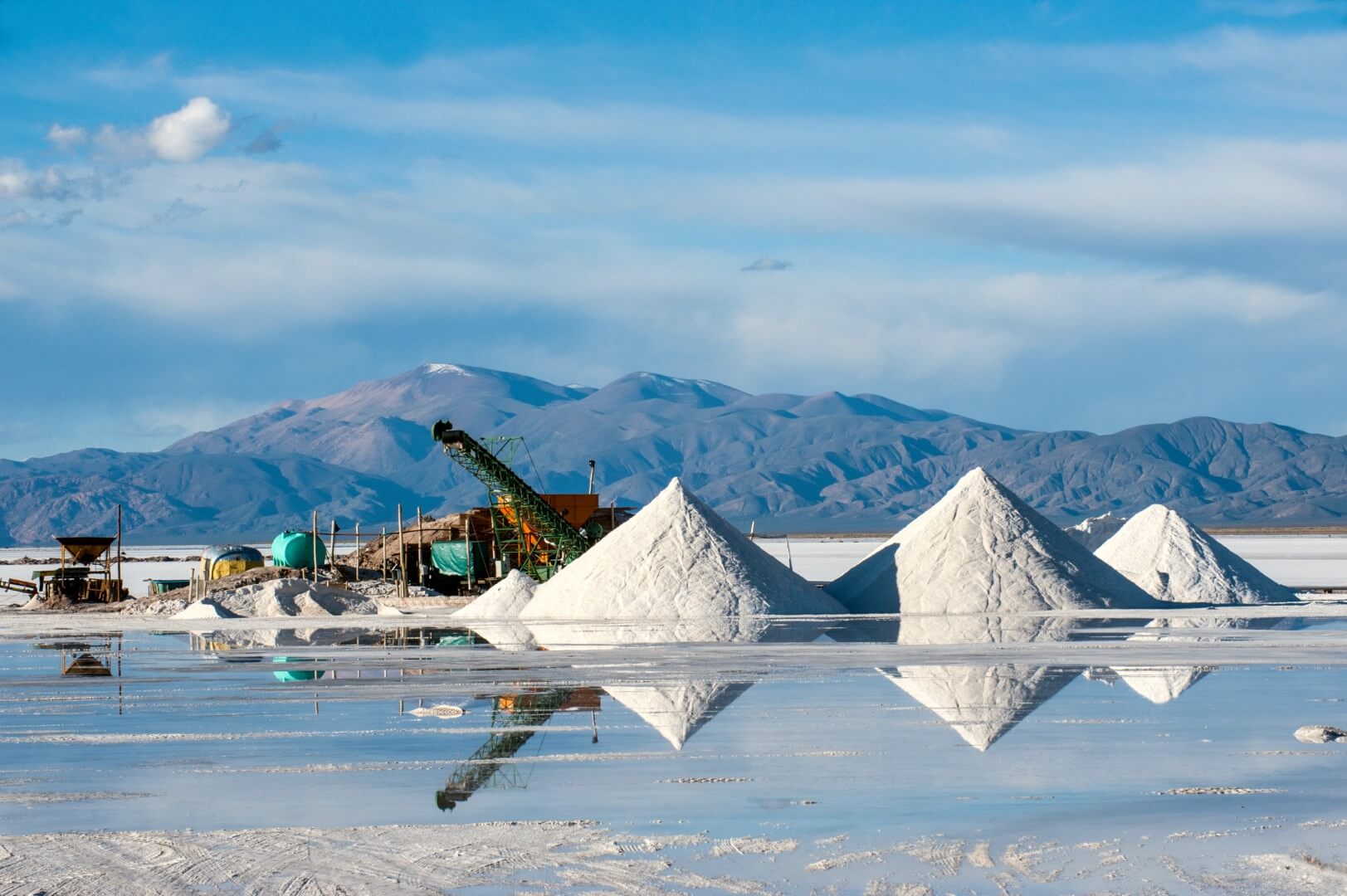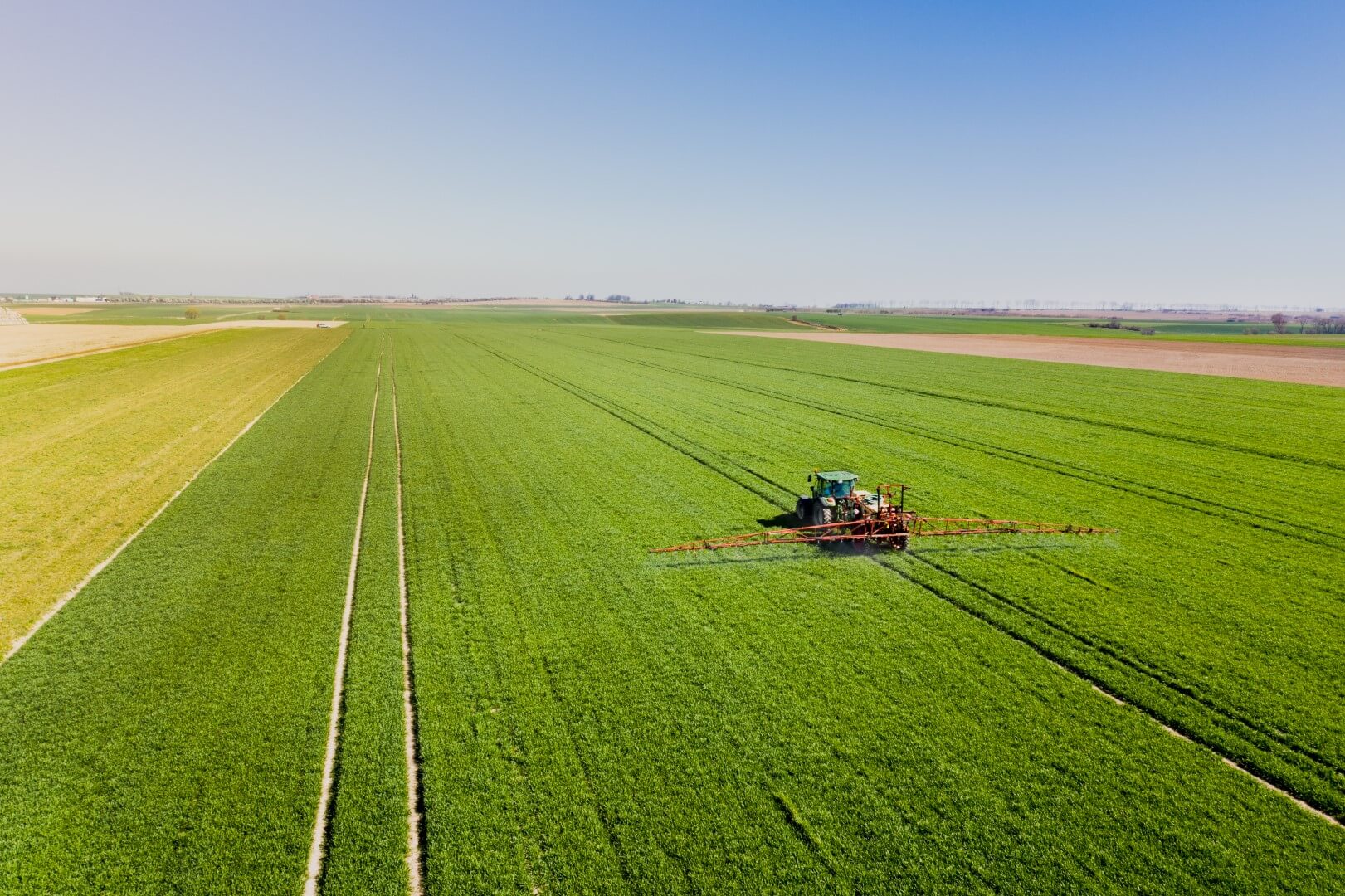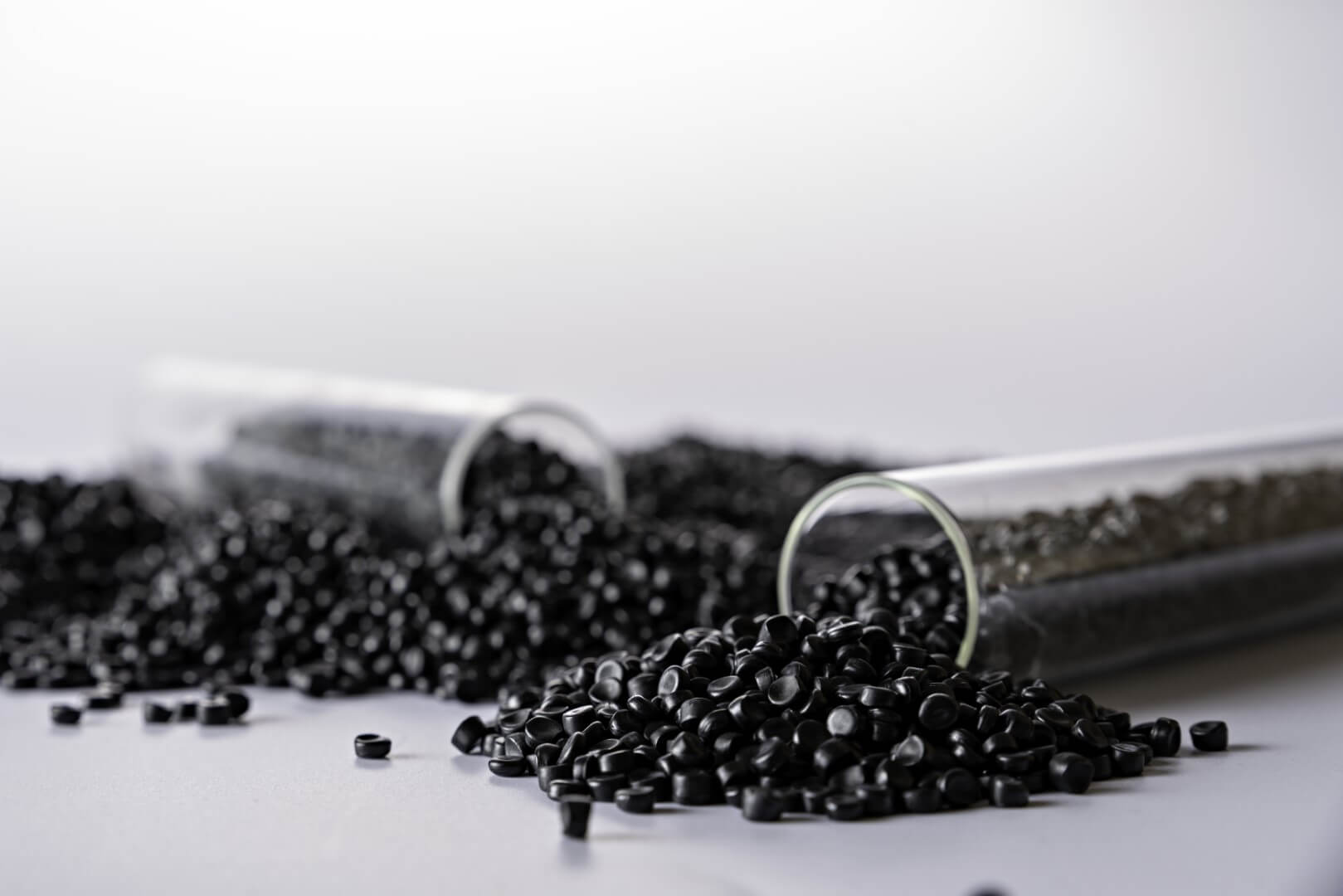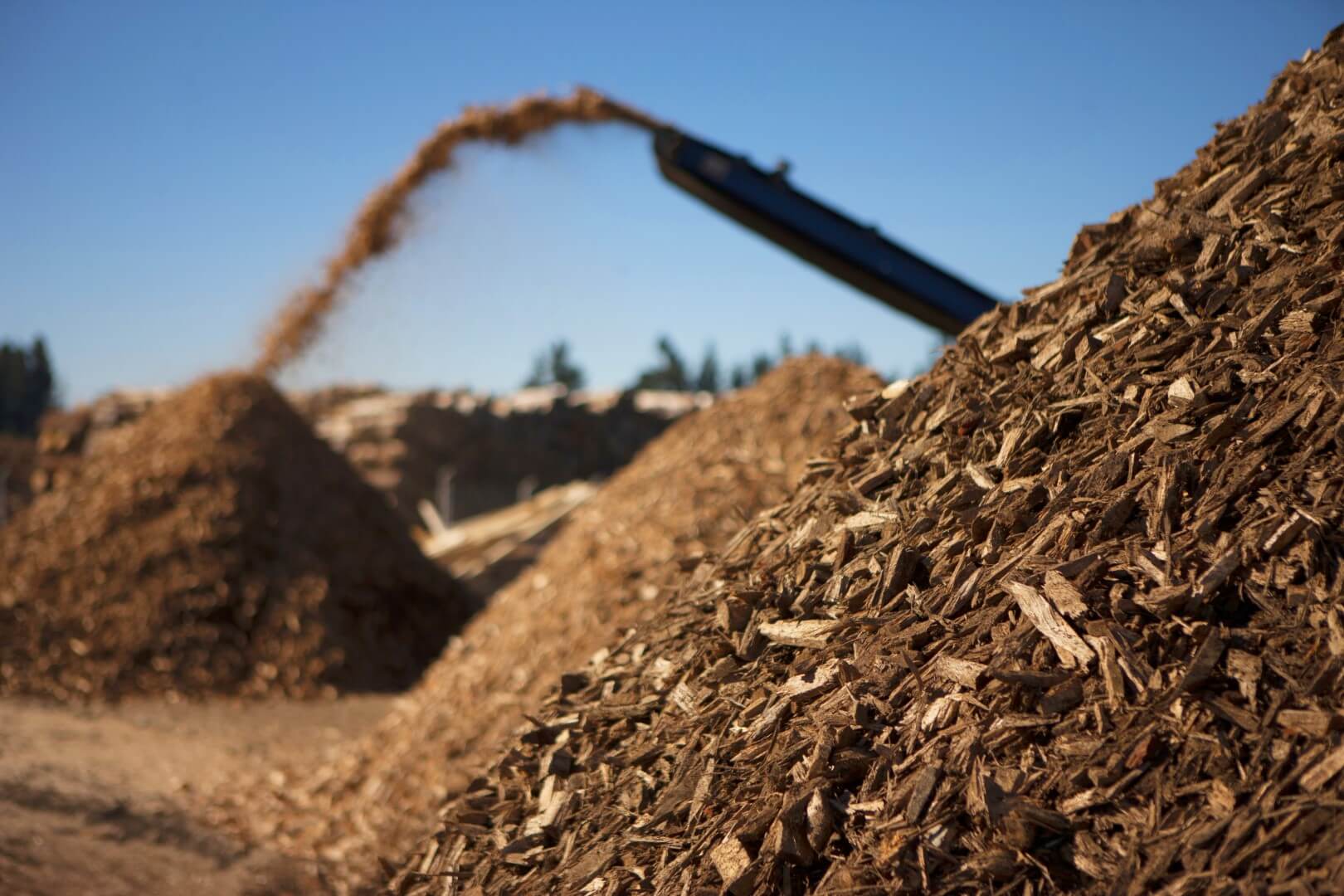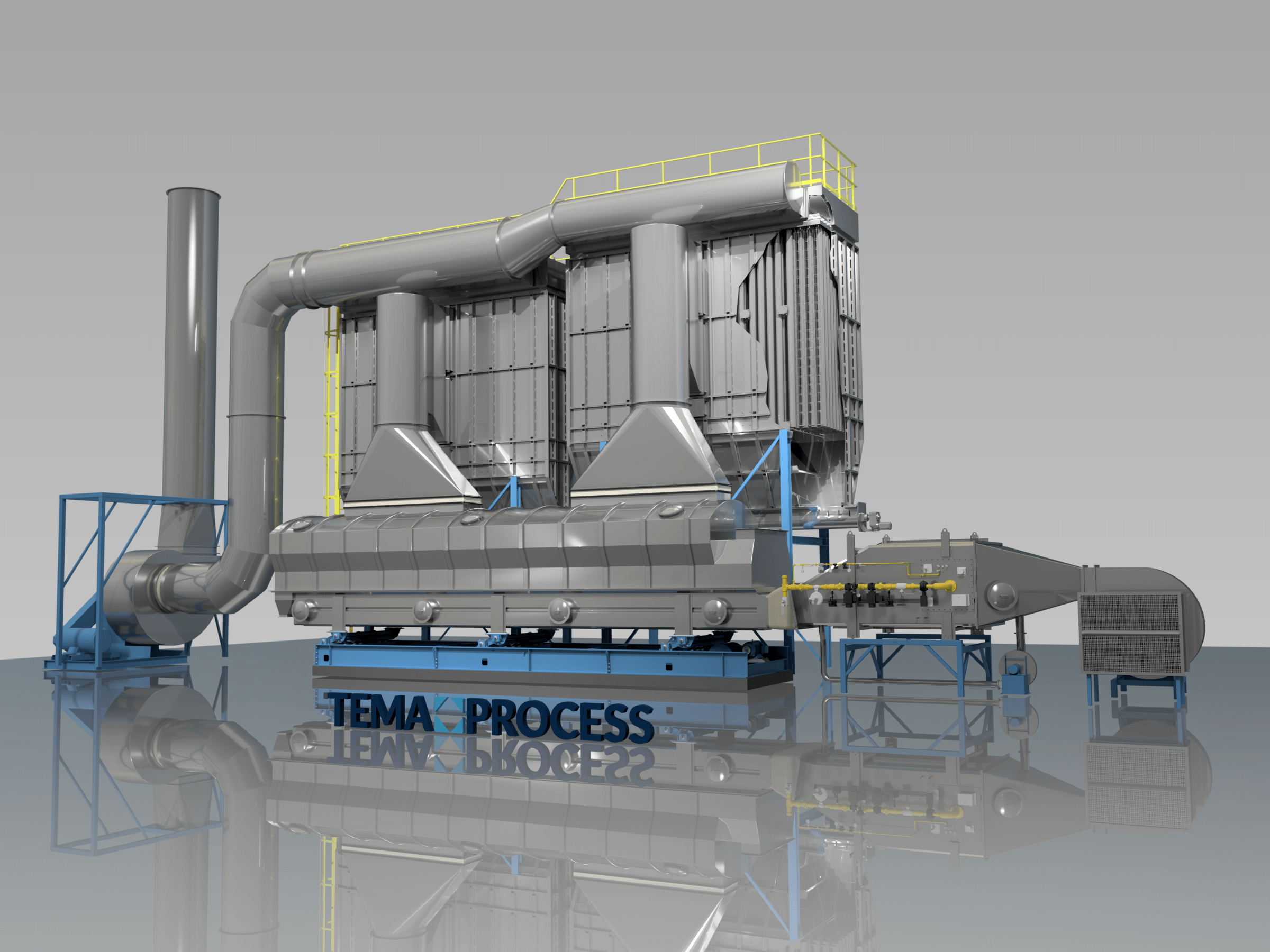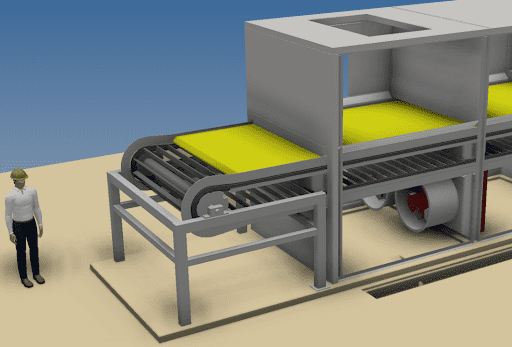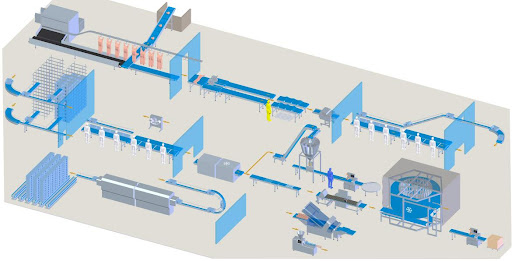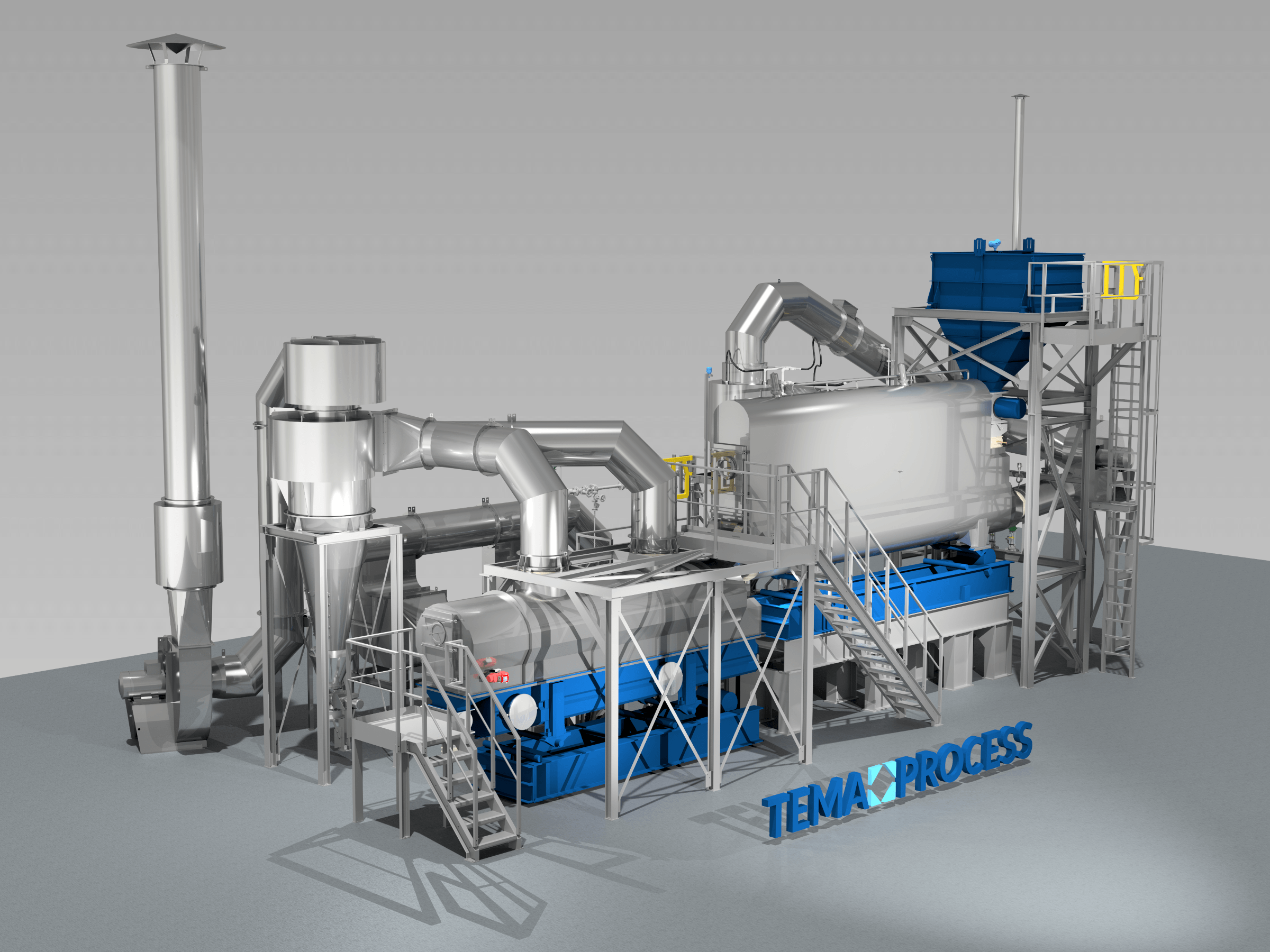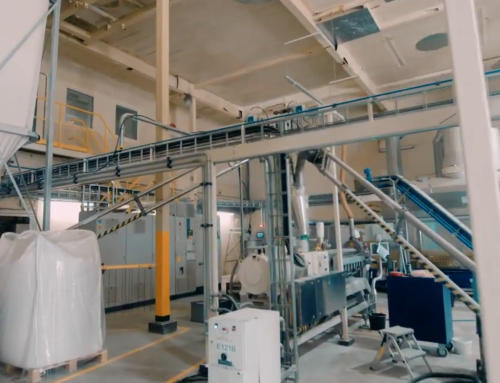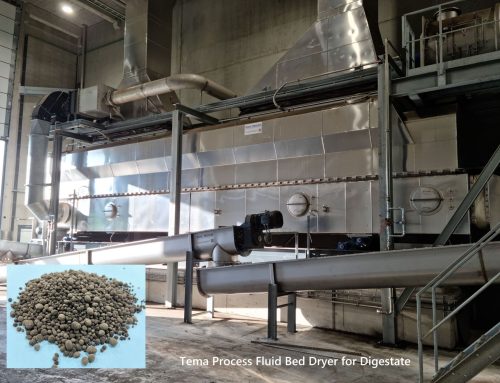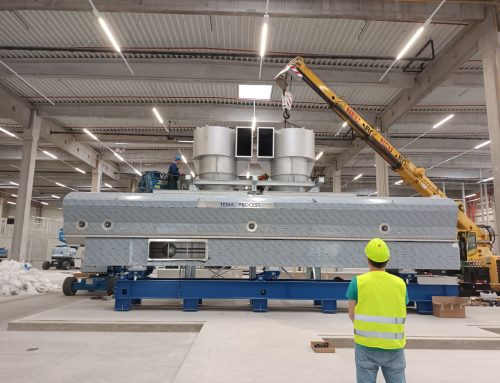The sea salt washing and drying process is essential to produce clean, high-quality salt suitable for consumption and industrial use. Here’s a general overview of the process:
1. Harvesting the Sea Salt
• Sea salt is typically harvested from salt pans or evaporation ponds where seawater has been left to evaporate, leaving behind crystallized salt.
• The harvested salt often contains impurities such as sand, clay, and other minerals.
2. Washing Process
• Initial Rinsing: The raw salt is washed with a brine solution (saturated saltwater) rather than freshwater to prevent salt loss through dissolution.
• Multiple Wash Cycles: The salt undergoes multiple washing cycles to remove dirt, magnesium, calcium compounds, and other impurities.
• Centrifugal Separation: The washed salt may be passed through a centrifuge to remove excess water quickly.
3. Drying Process
• Draining: After washing, the salt is allowed to drain excess water.
• Fluidized Bed Drying: The salt is then dried using a fluidized bed dryer, where hot air is passed through the salt particles, keeping them suspended for even and efficient drying.
• Cooling: After drying, the salt is cooled to prevent clumping and ensure it remains free-flowing.
4. Final Processing and Packaging
• The dried salt may undergo further refining, grinding, or sieving to achieve the desired grain size.
• Anti-caking agents may be added if necessary.
• The processed salt is then packaged for commercial sale.
This process ensures that the sea salt is clean, dry, and suitable for culinary, cosmetic, or industrial applications.
# seasalt#nacl#dryer

